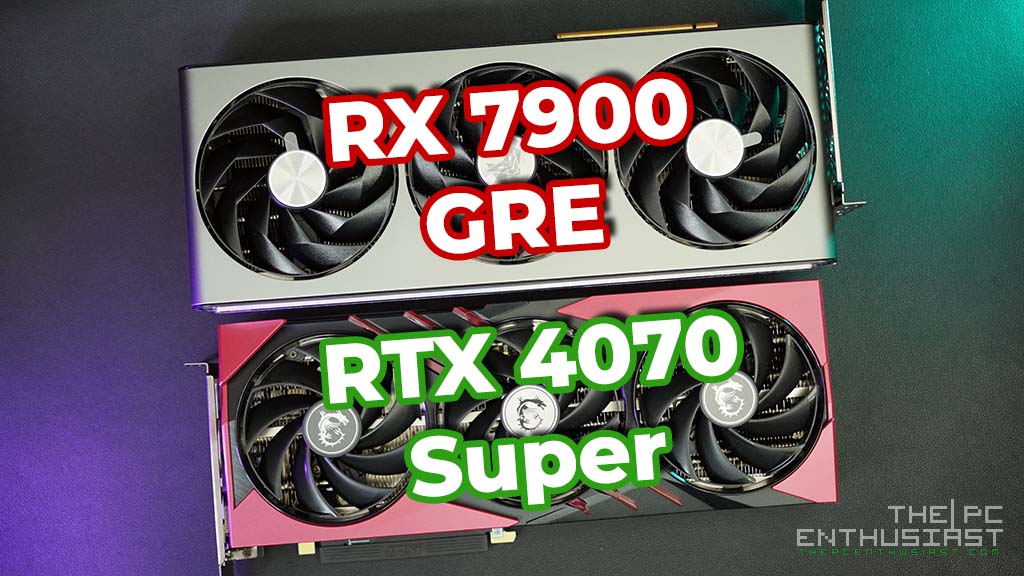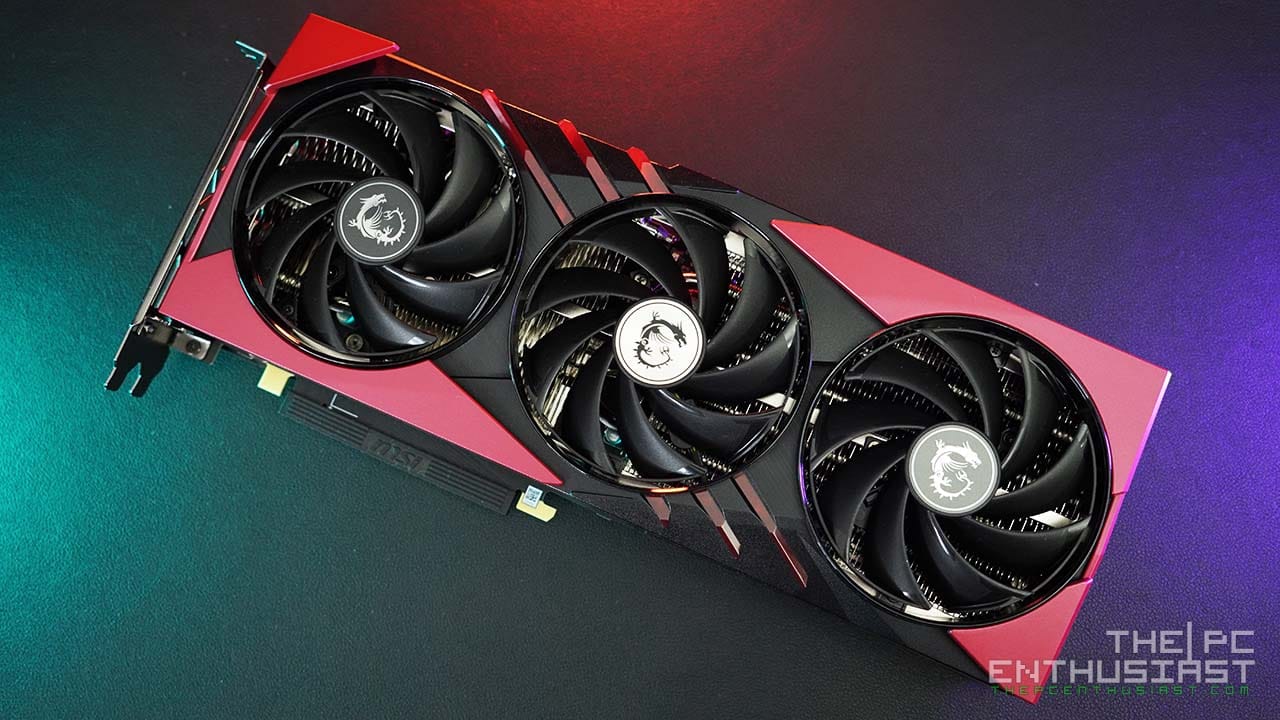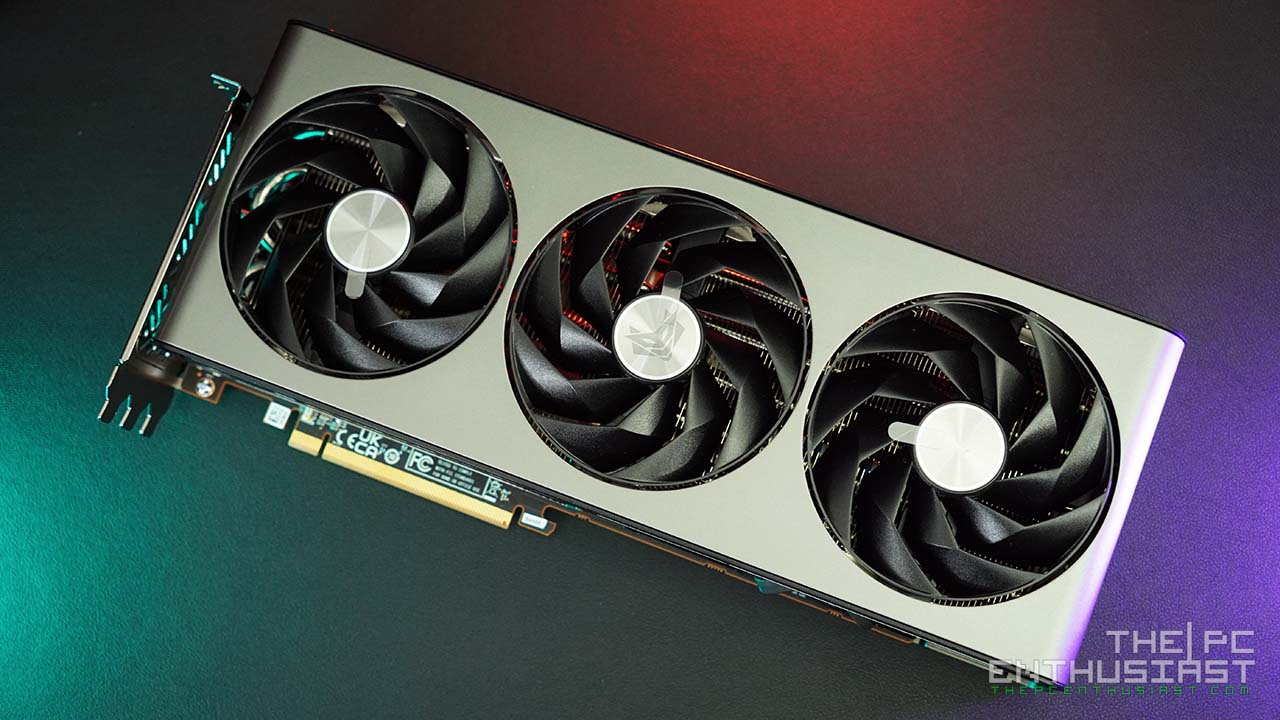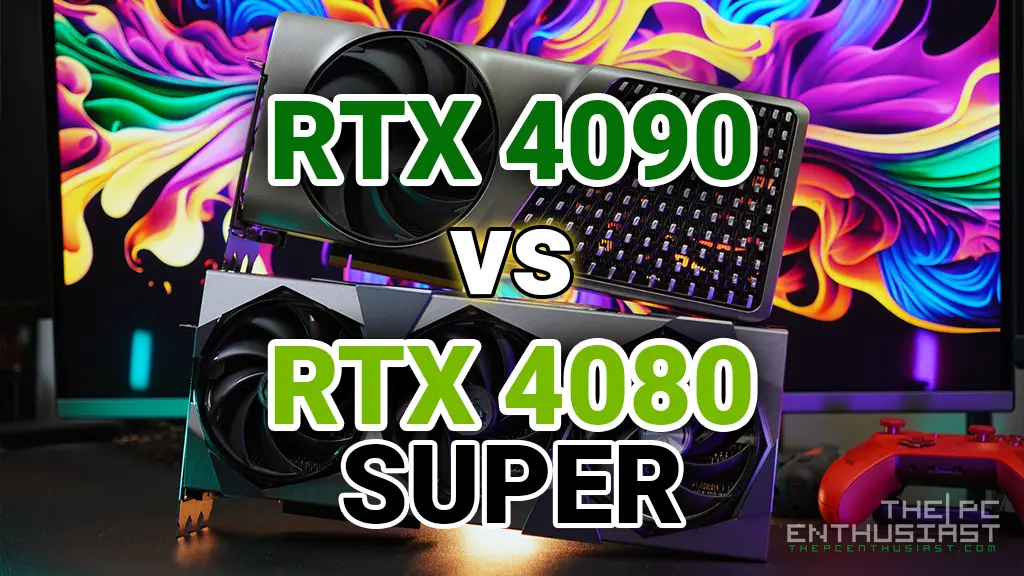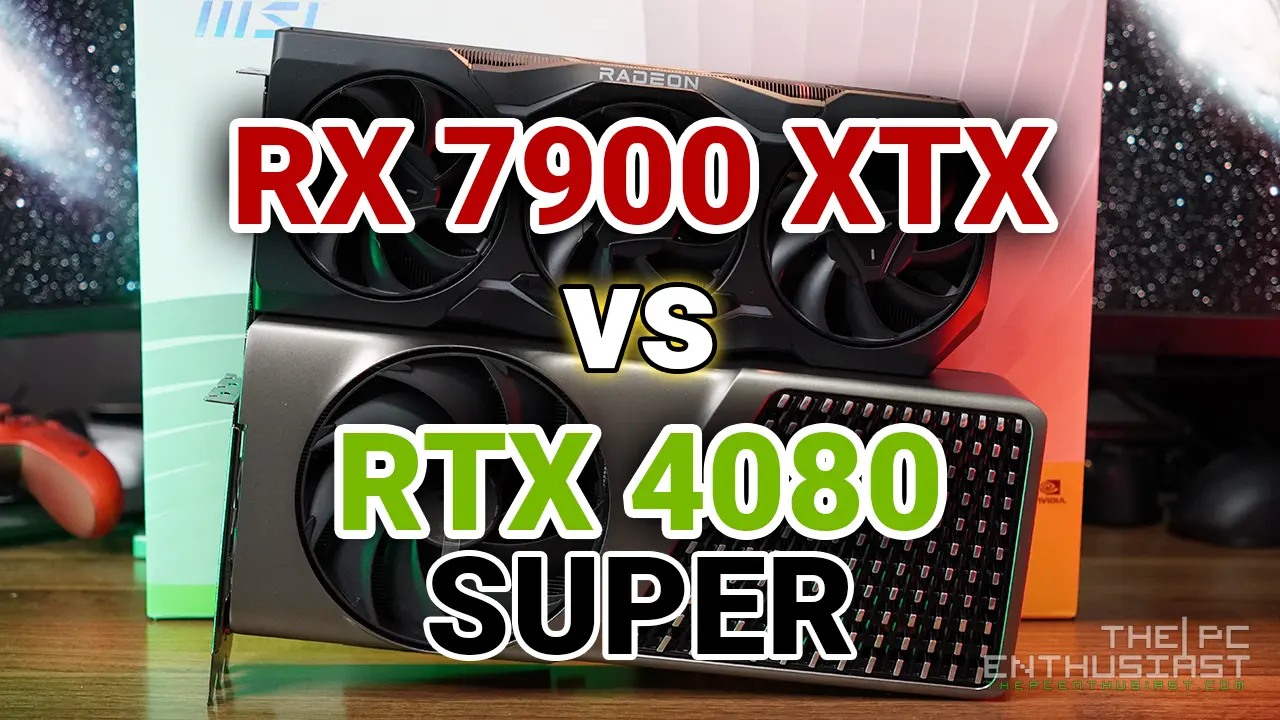NVIDIA RTX 2080 Super Founders Edition – Test Setup
In testing and benchmarking the NVIDIA GeForce RTX 2080 Super Founders Edition, the system I used is powered by an 8th Gen. Intel Core i7-8700K, overclocked to 4.9 GHz. The CPU is installed on an MSI MEG Z390 ACE motherboard. Below are the rest of the system specifications:
Operating System: Windows 10 Pro 64bit ver. 1809
Motherboard: MSI MEG Z390 ACE
Processor: Intel Core i7-8700K
CPU Cooler: Noctua NH-U12A
Memory: Corsair Vengeance Pro RGB DDR4-3000MHz
Graphics card: NVIDIA GeForce RTX 2080 Super Founders Edition
Storage Drives: WD Black SN750 NVMe SSD, Crucial MX500 2TB
Power Supply: Seasonic 850W Prime Titanium
Chassis: Thermaltake Core P5
When I tested NVIDIA’s RTX 2080 Super Founders Edition, I was using the GeForce driver version 431.60 for Windows 10 64bit. All games were tested in three resolutions, namely: 1920×1080 or full HD, 2560×1440 or WQHD and 3840×2160 or 4K ultra HD. For the synthetic benchmarks, I used the benchmark tools from 3DMark and Unigine 2. I also used the following games to test the graphics card: Assassin’s Creed: Odyssey, Battlefield V, Deus Ex: Mankind Divided, Final Fantasy XV, Ghost Recon: Wildlands, Metro Exodus, Middle Earth Shadow of War, Monster Hunter World, Shadow of the Tomb Raider, and The Witcher 3 Wild Hunt. Ray tracing benchmarks are seen on Battlefield V’s and Metro Exodus graphs.
Below is the GPUz screenshot of the RTX 2080 Super Founders Edition:
NVIDIA RTX 2080 Super Founders Edition – Noise and Temperature
I already have an idea how the new cooler shroud design of these new RTX Founders Edition graphics cards would perform. When I reviewed the RTX 2080 Founders Edition and RTX 2080 Ti Founders Edition, I was quite impressed with the performance of the new cooler shroud. I think it was the right time for NVIDIA to ditch the blower style design and use a dual-fan cooling solution. With the all-metal shroud, beefy aluminum head sink and dual axial fans; these new RTX Founders Edition cards run cooler and much more silent compared to their blower style predecessors.
On idle to light load situations, the RTX 2080 Super Founders Edition’s temperature is just around 39° degrees Celsius. At around 50% of GPU usage and with a fan speed of 40%, the graphics card is very silent and inaudible at all. The fans do not turn off, they constantly spin. It’s no big deal at all; “fan stop” is a feature you can find on custom graphics cards from AIB partners.
On full load, the RTX 2080 Super Founders Edition reaches 73° degrees Celsius. GPU load is 99%-100% with a GPU boost clock speed of 1920MHz and a fan speed of around 52%. At this rate, I can hear the fans a little bit; it’s slightly audible but never loud at all. You can manually bump up the fan speed if you like to achieve lower temperature and perhaps higher boost clock speed or higher sustained boost clock speeds. But expect the fan noise will become more audible.
Take note though that unlike in a blower style cooler design, the heat coming from the GPU (and other components of the graphics card) is blown sideways from the heatsink. The heat of the graphics card isn’t exhausted at the rear port area or outside the system. This is due to the design and positioning of the vapor chamber / aluminum fin stack. You’ll need to rely on your system’s cooler to blow or exhaust the heat from the inside of your system.
Now time to see how the GeForce RTX 2080 Super performs and if ever there’s a substantial performance improvement from its predecessor, the RTX 2080.
For US: Available on Amazon.com here
For UK: Available on Amazon UK here





